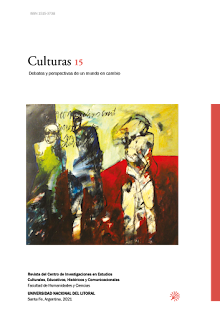Título en español: Medición de las emociones estéticas: una revisión de la literatura y una nueva herramienta de evaluación
Autor: Ines Schindler, George Hosoya, Winfried Menninghaus, Ursula Beermann, Valentin Wagne, Michael Eid, Klaus R. Scherer.
Keywords: Emociones estéticas, percepción estética, aesthemos.
Abstract: Aesthetic perception and judgement are not merely cognitive processes, but also involve feelings. Therefore, the empirical study of these experiences requires conceptualization and measurement of aesthetic emotions. Despite the long standing interest in such emotions, we still lack an assessment tool to capture the broad range of emotions that occur in response to the perceived aesthetic appeal of stimuli. Elicitors of aesthetic emotions are not limited to the arts in the strict sense, but extend to design, built environments, and nature. In this article, we describe the development of a questionnaire that is applicable across many of these domains: the Aesthetic Emotions Scale (AESTHEMOS). Drawing on theoretical accounts of aesthetic emotions and an extensive review of extant measures of aesthetic emotions within specific domains such as music, literature, film, painting, advertisements, design, and architecture, we propose a frame work for studying aesthetic emotions. The AESTHEMOS, which is based on this framework, contains 21 subscales with two items each, that are designed to assess the emotional signature of responses to stimuli’s perceived aesthetic appeal in a highly differentiated manner. These scales cover prototypical aesthetic emotions (e.g., the feeling of beauty, being moved, fascination, and awe), epistemic emotions(e.g., interest and insight), and emotions indicative of amusement (humor and joy). In addition, the AESTHEMOS subscales capture both the activating (energy and vitality) and the calming (relaxation) effects of aesthetic experiences, as well as negative emotions that may contribute to aesthetic displeasure (e.g., the feeling of ugliness, boredom, and confusion).
Idioma: Inglés
Publicación: 5 de Junio del 2017
Enlace permanente














